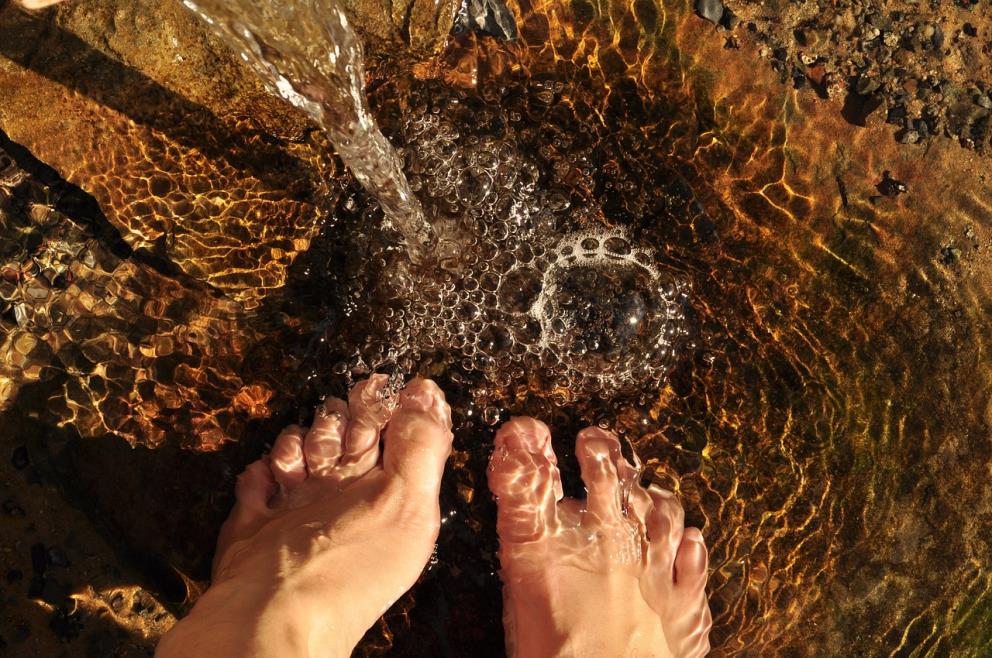Flat feet
15/08/2024

Flat feet, also known as fallen arches or pes planus, are a common condition in which the longitudinal arch of the foot is collapsed or absent, resulting in a flat foot surface. In this article, we will delve into this condition in depth, covering its causes, symptoms, diagnosis, treatment, and management tips.
What are flat feet?
Flat feet are characterized by the lack of a pronounced longitudinal arch in the sole of the foot. Typically, this arch acts as a natural shock absorber, distributing the body's weight evenly and absorbing impact during walking or physical activities. However, in flat feet, this arch is reduced or completely collapsed, leading to pain, fatigue, and other symptoms.
Causes of flat feet
Flat feet can have several causes, including genetic factors, injuries, neuromuscular diseases, and aging. In some cases, flat feet may be congenital, meaning they are present from birth due to an anomaly in foot development. In other cases, flat feet may develop over time due to weakness in the supportive tissues of the foot, such as ligaments and muscles.
Symptoms of flat feet
Symptoms of flat feet can vary depending on the severity of the condition and the presence of other underlying conditions. Some common symptoms include pain in the arch of the foot, swelling, fatigue, ankle stiffness, leg cramps, pain in the lower leg, and difficulty standing for prolonged periods. These symptoms may worsen with physical activity and improve with rest.
Diagnosis of flat feet Diagnosis
of flat feet is usually made through a physical examination conducted by a podiatrist or foot and ankle specialist. During the examination, the professional may assess the shape of the foot, weight distribution, range of joint motion, and the presence of pain or sensitivity. In some cases, imaging studies such as X-rays or magnetic resonance imaging (MRI) may be necessary to evaluate bone structure and determine the severity of the condition.
Treatment of flat feet
Treatment of flat feet may include a combination of conservative measures and specific therapies, depending on the severity of the condition and associated symptoms. Treatment options may include wearing properly supportive footwear, performing strengthening and stretching exercises, physical therapy, custom orthotics, and in some cases, surgery to correct the underlying deformity.
Management of flat feet
In addition to medical treatment, several measures can help control symptoms and prevent complications in flat feet. These may include maintaining a healthy weight, wearing appropriate footwear with good arch support, avoiding activities that exert excessive pressure on the feet, regularly performing stretching and strengthening exercises, and following the recommendations of a podiatrist or foot specialist.
Conclusion
In conclusion, flat feet are a common condition that can cause discomfort and limitations in daily life. However, with early diagnosis and proper treatment, most people with flat feet can lead an active and pain-free life. If you experience symptoms of flat feet, it is important to consult a podiatrist or specialist to receive an accurate diagnosis and personalized treatment plan.
To learn more about flat feet, including its causes, symptoms, diagnosis, treatment, and management tips, we invite you to explore further on our website. There, you will find additional resources and details on how we can help you understand and address this condition effectively. Don't hesitate to click on the link for more information and discover how we can assist you in maintaining healthy and comfortable feet!
